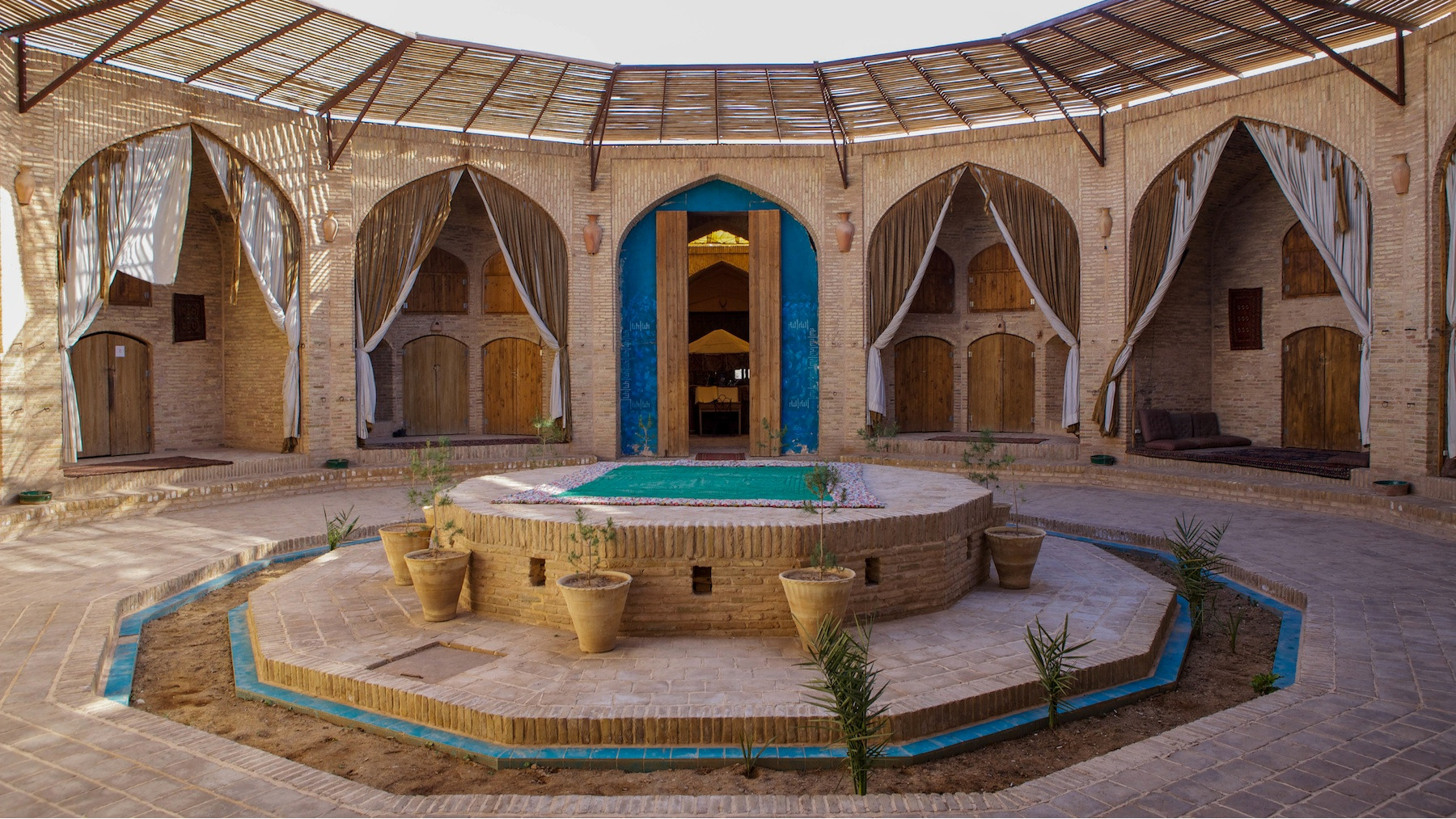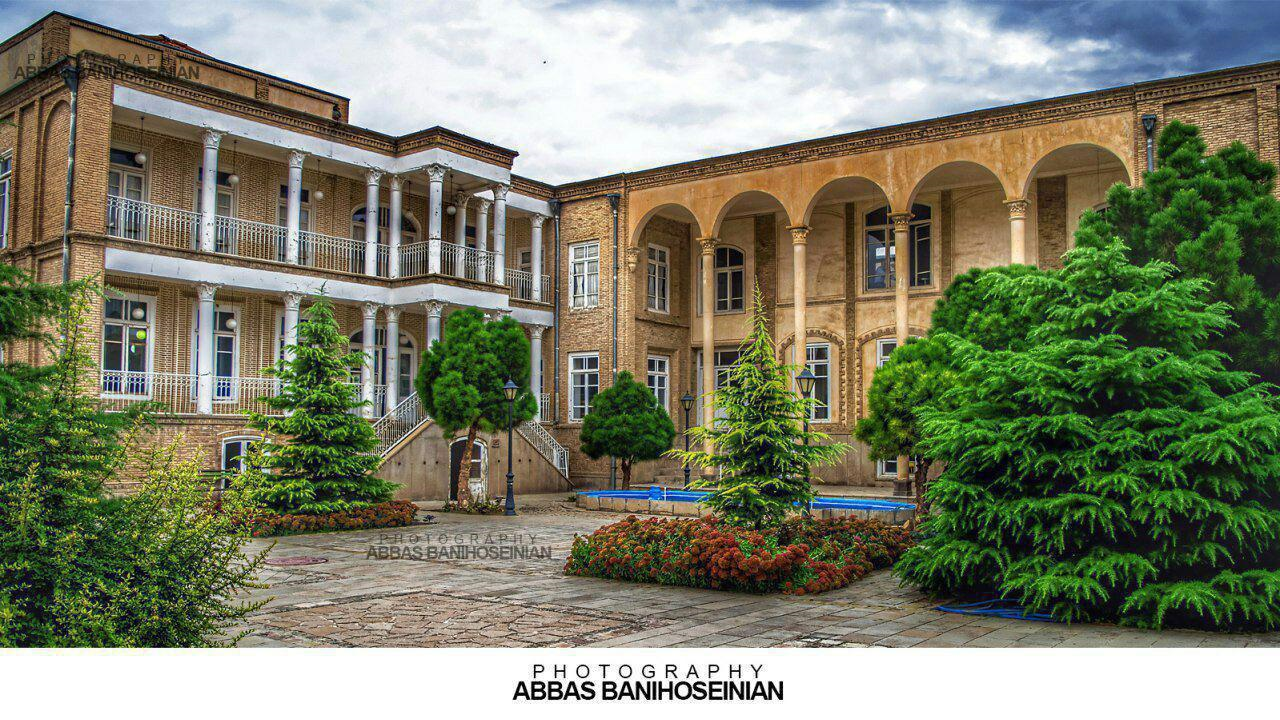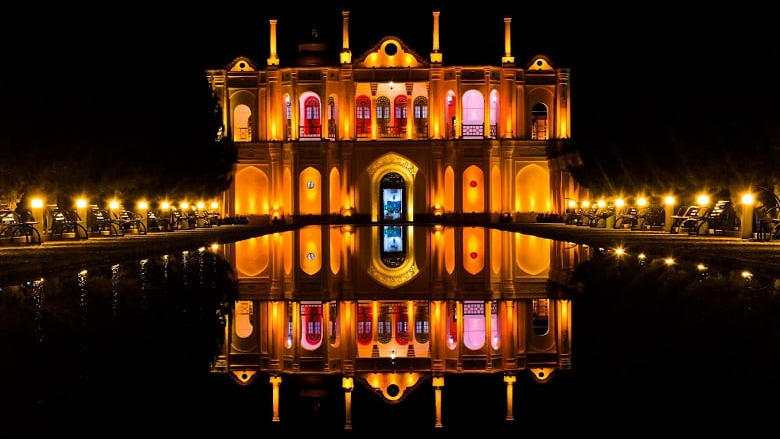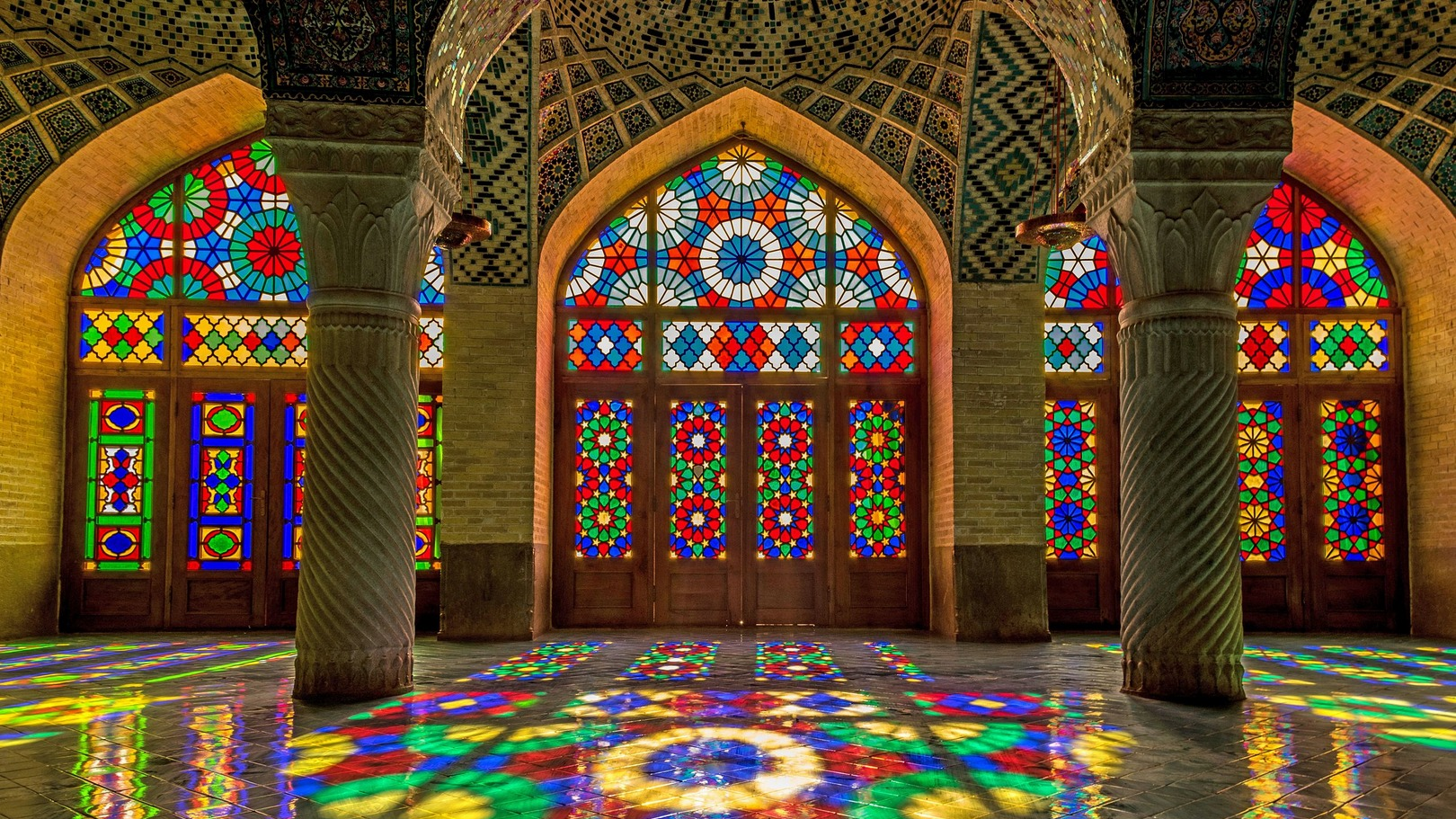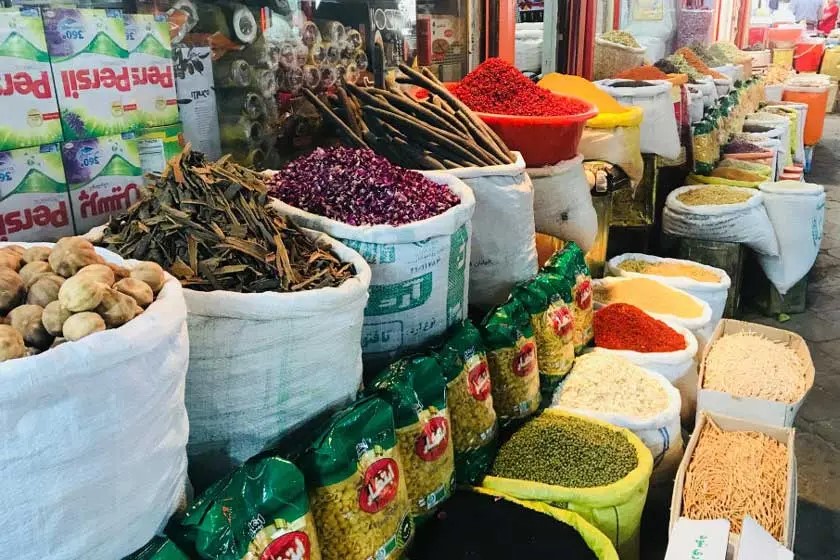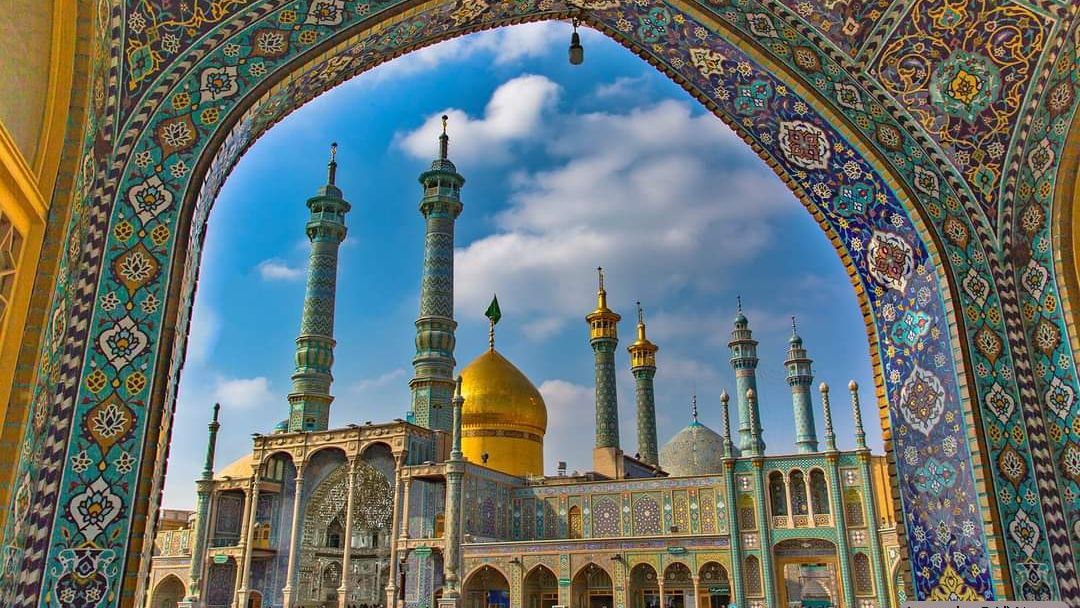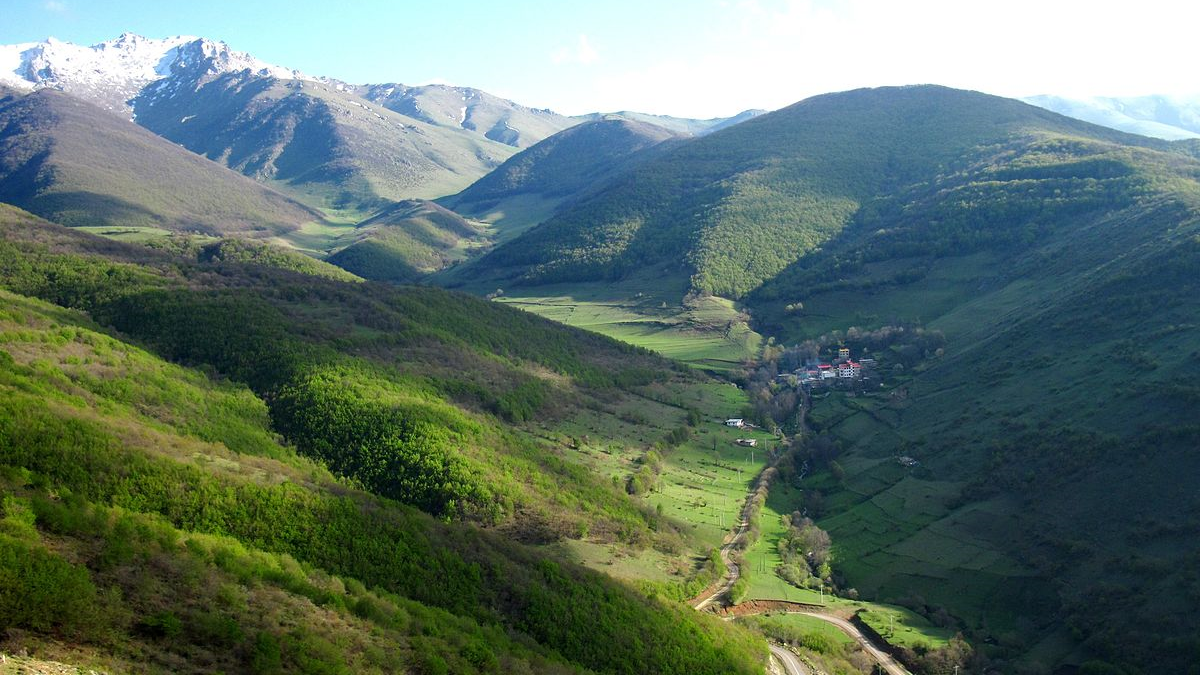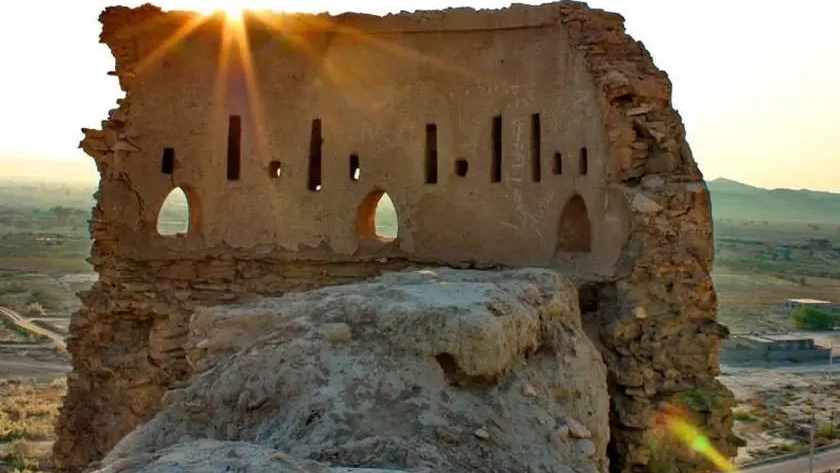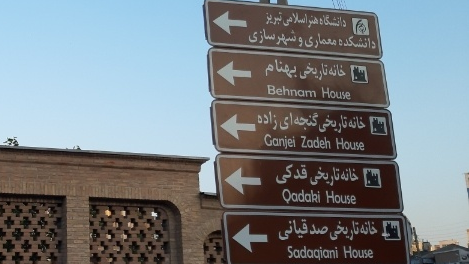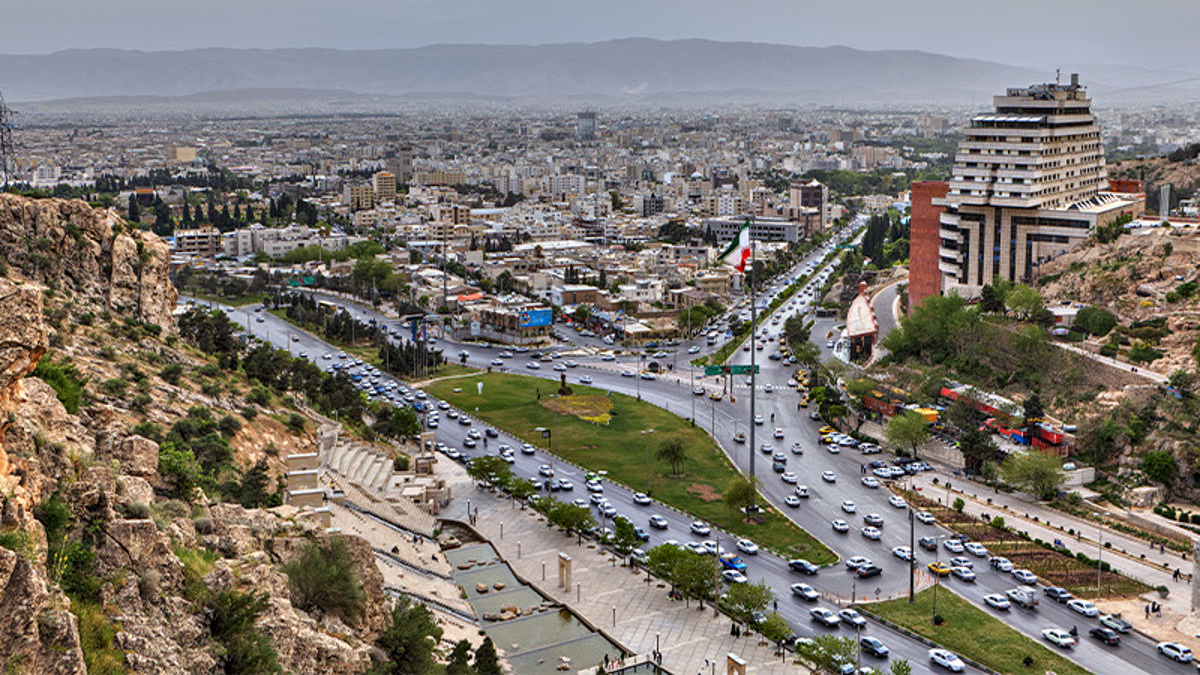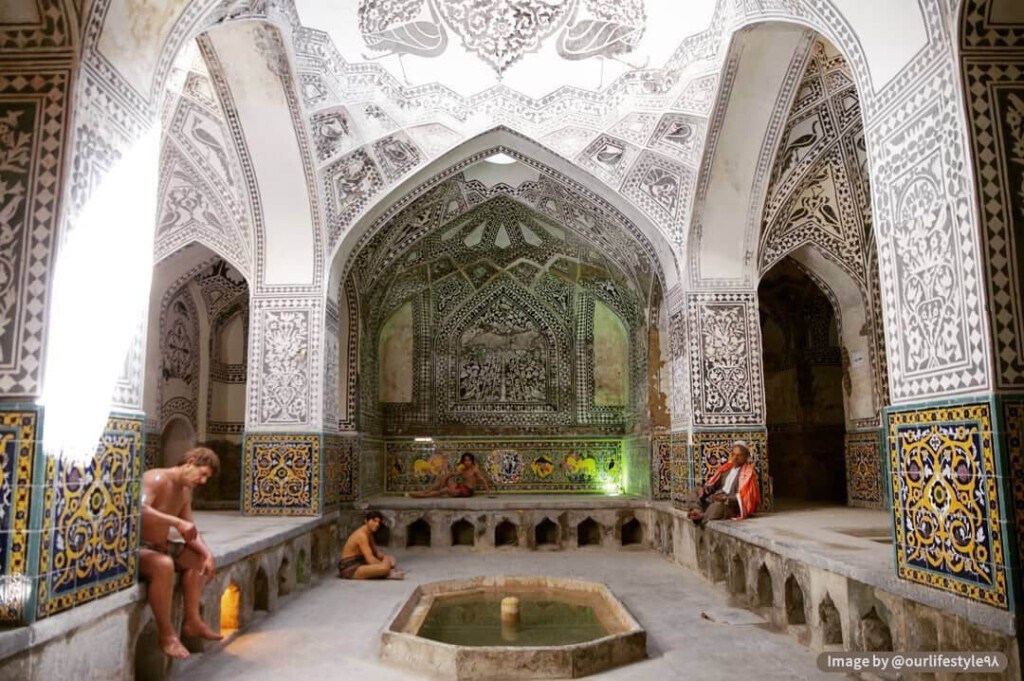
Visiting Isfahan
Isfahan should be one of the main destinations for tourists who travel to Iran. The diverse natural and historical attractions of this city have made it one of the most important tourist-receiving cities of Iran, hosting many travelers, both domestic and foreign, every year.
Visiting all the attractions of Isfahan takes time, but in order to be able to visit the most important sights of Isfahan, one will need at least two days of stay in this city. Isfahan is the best place for those tourists who plan to buy Iranian handicrafts and souvenirs because almost the best and highest quality Iranian handicrafts are produced in Isfahan. A trip to Isfahan provides tourists with a special opportunity to visit several world-class sites in the shortest possible time.
Population and Geography of Isfahan
Isfahan is the capital of the province with the same name and is located in the center of Iran. This city stands at an altitude of 1572 meters above sea level and its climate is moderate most of the year with an average temperature of 27 degrees Celsius and an average annual rainfall of 113 mm.
According to the latest census, the population of Isfahan is nearly two million and 400 thousand people, and carpets, fabrics, steel, and handicrafts are its most important economic products. Many industrial towns and various industries operate in this city.
History of Isfahan
Traces of the Paleolithic era have been discovered in the course of archaeological excavations done in Isfahan. It has been recorded that this city was known as “Espadana” during the Elamite era and was one of the most important cities of Iran at the time of Medes. During the Achaemenid and Parthian eras, too, Isfahan was one of the important cities of the state and several military fortresses were built in it during the Sassanid era.
The greatest amount of development in Isfahan took place during the reign of the Safavid king, Shah Abbas I, around the 16th century AD when Isfahan was the capital of Iran and many monuments and roads - leading to it - were built. (Tehran has been the capital of Iran since 1795 AD). Visits by European tourists to Iran started during this era, and almost all of them visited Isfahan during their trip to this country.
How to Get to Isfahan
The following are the ways to get to Isfahan:
• By Road: Isfahan is 448 kilometers away from Tehran, the capital of Iran, and it takes about 4 hours and 45 minutes to travel between these two cities. Although some buses usually take the old route, passing through Qom and Salafchegan, which takes about six hours, the Tehran-Isfahan freeway, which passes through Qom, Kashan, and Natanz, is shorter and faster.
• By Air: It takes 55 minutes to travel by air from Tehran to Isfahan. Of course, Isfahan Airport also has international flights, and if you plan to travel to this city, you may be able to use a direct flight to this city.
• By Railway: Every day many trains go to Isfahan from different cities of Iran. If you plan to go from Tehran to Isfahan by train, you should know that this train takes about seven hours and passes through cities such as Zarrin Shahr, Hassan Abad, Kashan, Badroud, and Dizicheh. Maybe traveling by train is more attractive for those who like to enjoy the scenery along the way.
Some of the tourist attractions of Isfahan are:
This river, which is also Isfahan a vital source of water is one of the most important tourist attractions of this city. Zayandeh Rud is more than 400 kilometers long and originates from the Zagros mountains in the west of Iran. This river continues up to the desert areas of eastern Isfahan and flows into the Gavkhini swamp.
The Allahverdi Khan Bridge, popularly known as Si-o-se-pol (the bridge of thirty-three spans) is the largest of the eleven historical bridges on the Zayanderud. The other historical bridges on this river include Khajo Bridge, Shahrestan Bridge, and Jubi of Chubi (wooden) Bridge. Each of these bridges has unique characteristics in terms of age and construction.
Imam Khomeini Square
In the past, this square was known as “Naqsh-e Jahan Square”. The square was built in 1612 AD by Shah Abbas I. Imam Square together with Qeisariyeh Bazaar, Aali Qapu Palace and two mosques of Imam Khomeini and Sheikh Lotfollah have formed a very beautiful historical area. Over the years, other buildings were built around Imam Khomeini Square, which are of historical aspect today. Among these buildings mention may be made of Tawhidkhaneh, which is located behind Aali Qapu Palace. At the time of its establishment, this building was used as a kitchen and a prison, but it is now located in the courtyard of the Faculty of Architecture of Isfahan University of Arts.
Chehel Sotoun (lit. Forty Pillar) Palace
Shah Abbas II of the Safavid dynasty ordered the construction of a palace outside Imam Khomeini Square in the middle of the 17th century AD. The large pool that is located in the middle of the trees of its courtyard has doubled the splendor of this palace.
Hasht Behesht (lit. Eight Paradise) Palace
Hasht Behesht Palace was built in the second half of the 18th century AD and is considered one of the most beautiful palaces of the Safavid era. This gigantic building is located among the Shahaneh (imperial) Gardens and near Chahar Bagh Street of Isfahan; one of the famous streets of this city. This street, which starts from Si-o-se-pol and continues to the north of the city, and is surrounded by beautiful green trees, is a popular walking path for the people of Isfahan. The palace’s miniature murals, along with its square-shaped architecture, make this palace look unique.
The Chaharbagh School of Isfahan, which is one of the last buildings built during the Safavid era, is located near this palace. This school was used for imparting religious sciences and the government provided the educational expenses cost of its students.
Jame’ Mosque of Isfahan
This mosque was originally a fire temple, but later, after the advent of Islam in Iran. it was converted into a mosque. Over the years, changes have been made in this building and certain designs have been added to it. Jame’ Mosque of Isfahan is unique because of its variety of brickwork, tilework, and plasterwork.
Vank Cathedral
This building dates back to the middle of the 17th century. This church, which is located in the Armenian neighborhood of the New Julfa District of Isfahan, houses several museums and a library. The murals of this church are a view of the art of the Armenians of Iran, who had learned this art from the Europeans.
Hakim Mosque
This mosque was built between 1642 and 1663 AD. Hakim Mosque, which is a mosque with four porches, was built on an earlier Jame’ Mosque by the name of “Jur Jir”, which had been built in the 10th century AD. The beautiful mihrab (niche) of the Hakim Mosque of Isfahan is decorated with muqarnas and azure blue inscriptions.
Seyyed Mosque
This mosque is comparatively newer than many other buildings in Isfahan and dates back to the Qajar era. Seyyed Mosque is a luxurious mosque with beautiful plaster and mirroring work and gilding.
Rakibkhaneh Mansion
This mansion was built during the Safavid era and is about 500 years old. It is, presently, used as a place to display the royal equitation equipment used by the members of different dynasties.
Abbasi Caravanserai
This Caravanserai, which has been converted into the Abbasi Hotel of Isfahan, was built in the 16th century AD. Staying in this historical place can be a pleasant and memorable experience.
Ali Qli Aqa Complex
The founder of this complex was a person by the name of Ali Qoli Aqa who was a benevolent person living during the time of Shah Sultan Hossein. This complex includes a mosque, a bazaar, a house, and a square and is decorated with beautiful tiles.
This building, which is also called Ashraf Hill or Saruyeh, is about seven thousand years old. Kohan Dezh was a pre-Islamic era big library which housed many.
Apart from these sites, there are other monuments in Isfahan such as Monar Jonban, Atashgah, Saffeh Mountain, Varzaneh village, Khur and Biyabanak deserts, Misr desert, Maranjab desert, Locust water waterfall (Takht Sulaiman), Parian cave, Fereydon cave, and Namakkhor lake, all of which can be an attractive destination for tourists.
Isfahan should be one of the main destinations for tourists who travel to Iran. The diverse natural and historical attractions of this city have made it one of the most important tourist-receiving cities of Iran, hosting many travelers, both domestic and foreign, every year.
| Name | Visiting Isfahan |
| Country | Iran |
| State | Isfahan |
| City | Isfahan |
| Type | Historical |
| Registration | Unesco |
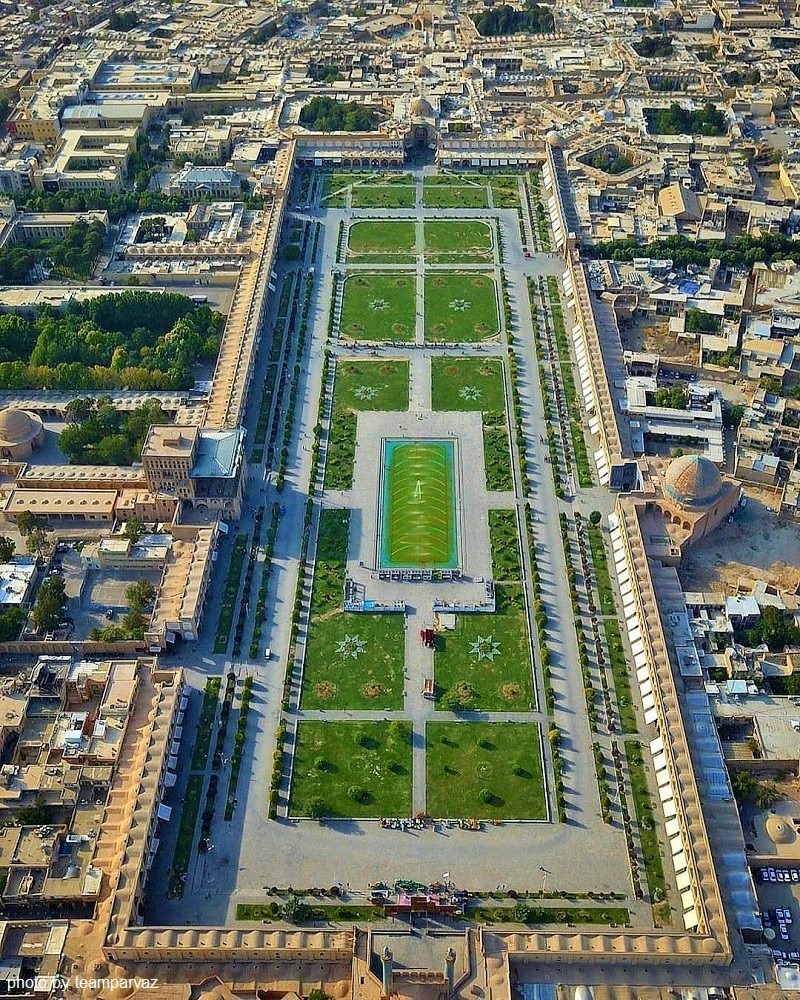
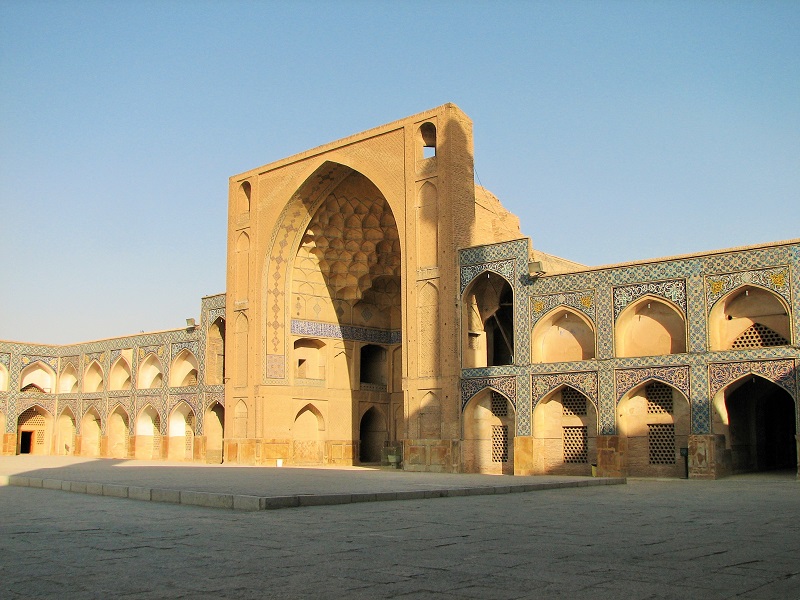
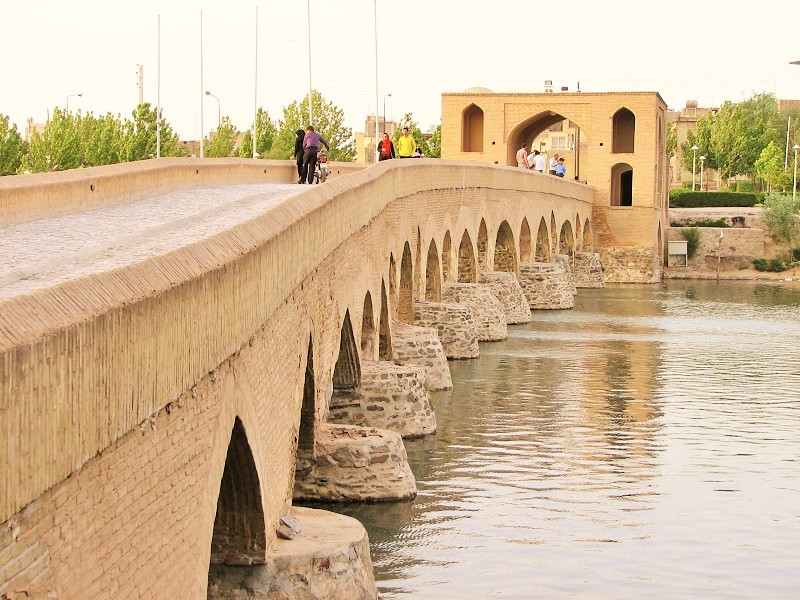

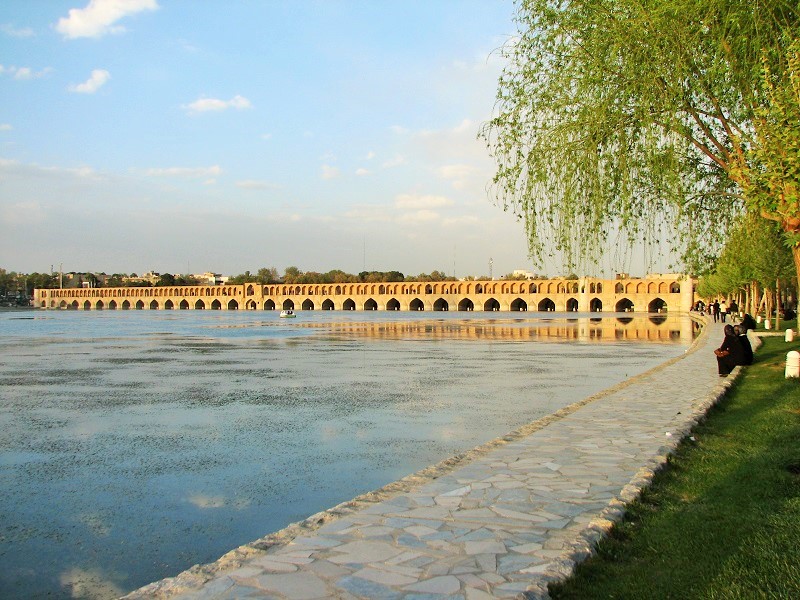
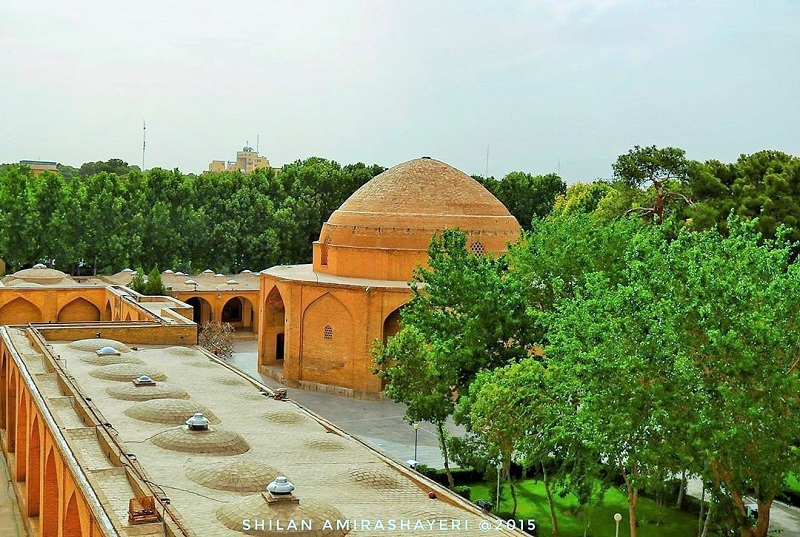

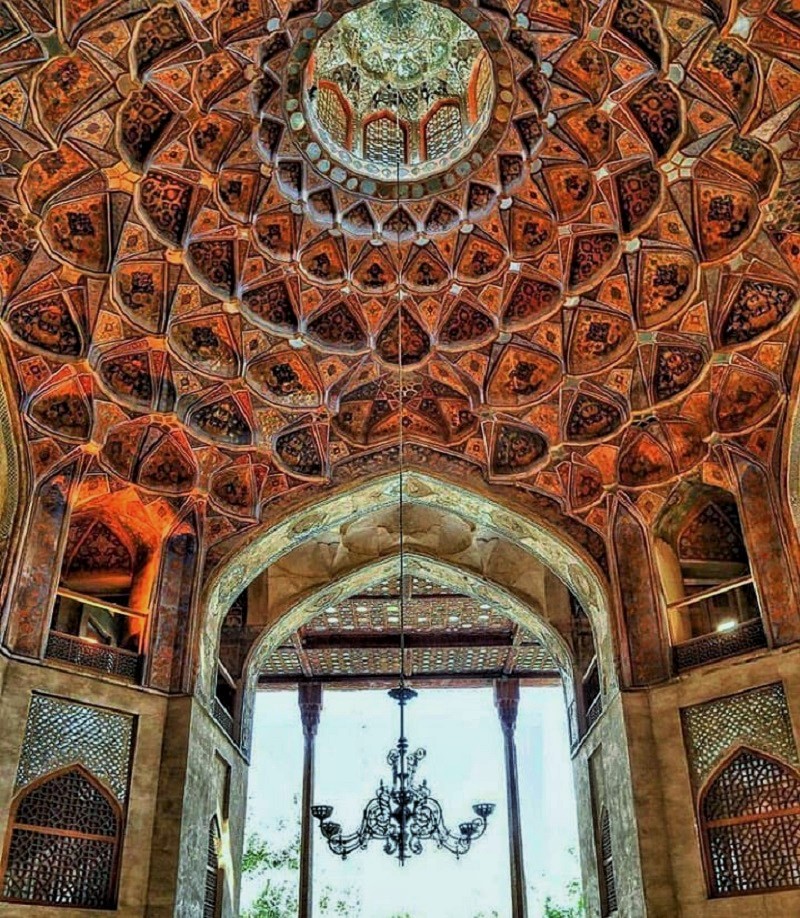
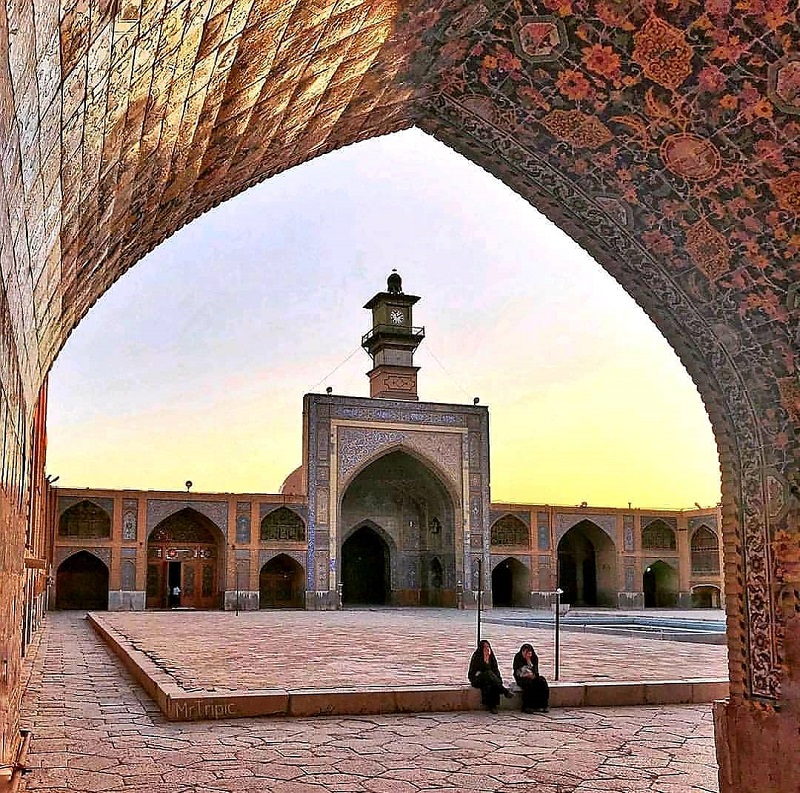
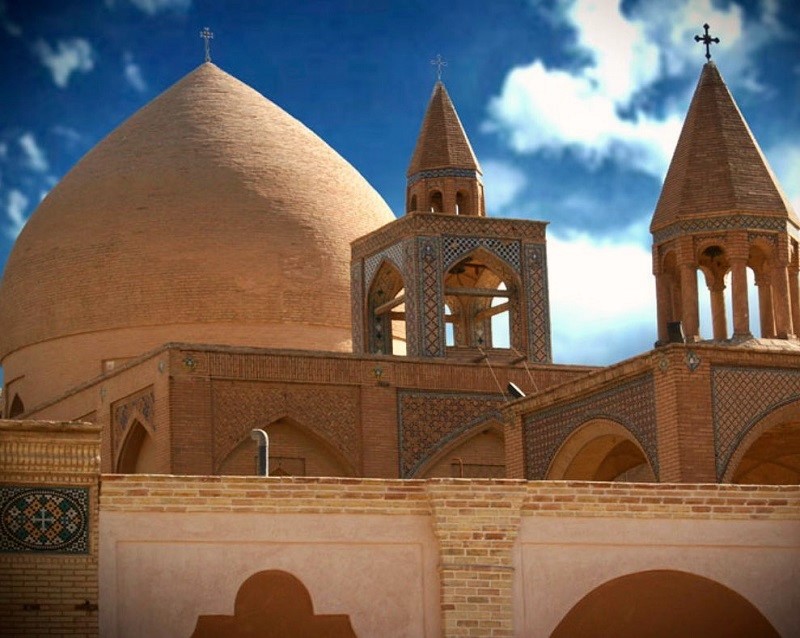
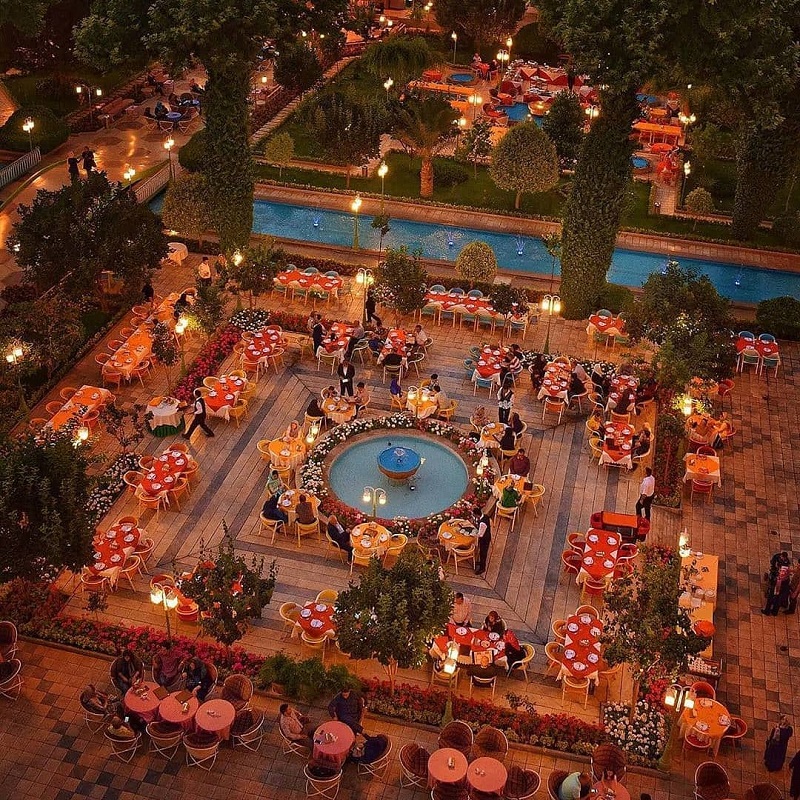













Choose blindless
Red blindless Green blindless Blue blindless Red hard to see Green hard to see Blue hard to see Monochrome Special MonochromeFont size change:
Change word spacing:
Change line height:
Change mouse type:
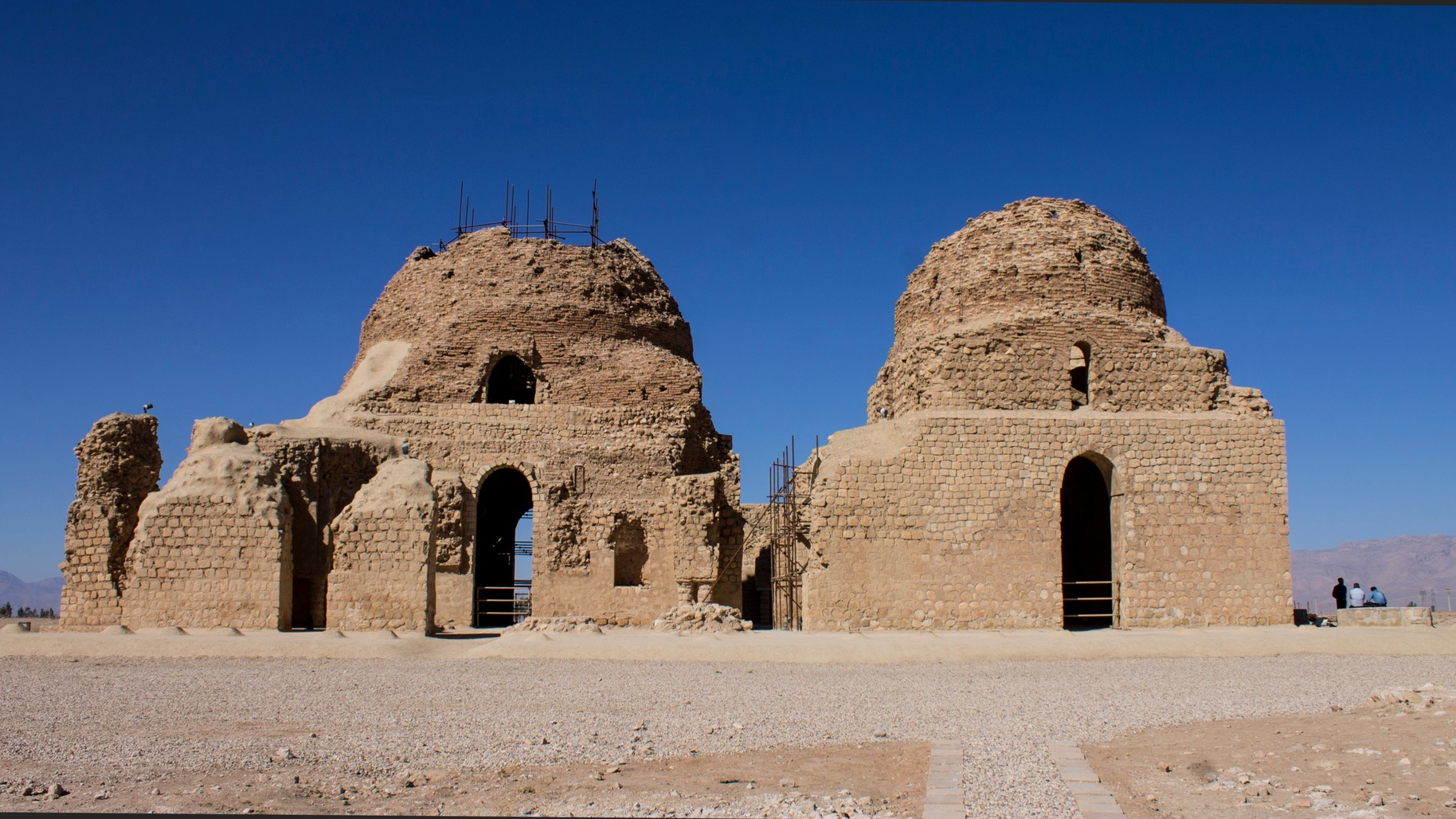
_crop_2.jpg)
